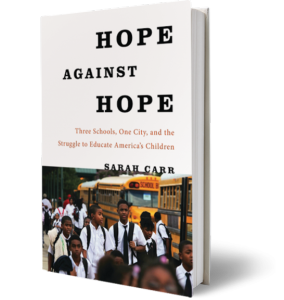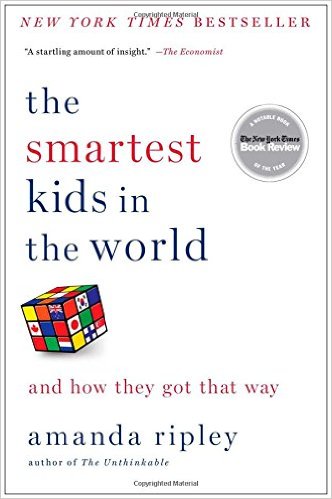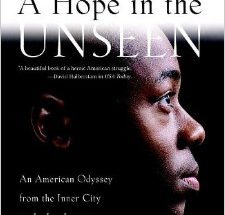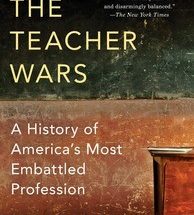In September 2005, just days after Hurricane Katrina roared through New Orleans, the local school board placed thousands of its employees on “unpaid leave.” Schools were in disrepair and students were shuffled around either to new schools or entirely new cities.
Three months later, the same employees were officially fired. The state legislature moved in to remove most of the city’s public schools from the control of the locally elected board, placing them in something they called the “Recovery School District,” headed by technocratic officials who intended to turn the public schools into privately-run charters.
With the city in disrepair and its school system dismantled, it presented a clean slate for what was one of the country’s worst school systems to start over. Or so the young idealistic Teach For America and charter school hopefuls believed when they flooded into New Orleans in optimistic numbers. A storied city with rich tradition and history became almost overnight a place where a grand charter school experiment could begin in earnest.
In “Hope Against Hope: Three Schools, One City, and the Struggle to Educate America’s Children,” veteran education reporter Sarah Carr illustrates this complicated city’s reinvention through the lives and perspectives of the school system’s least empowered people: a family, a principal, and a teacher.
Over the course of a year (and with three years of reporting experience as education reporter at the New Orleans Picayune, Carr followed the lives of a young teacher Aidan Kelly, veteran principal Mary Laurie, and fourteen-year-old Geraldlynn Stewart and her mother Raquel. According to Carr, she made sure to designate at least one day a week with each person. Through this process she meticulously observed hundreds of classes, sat in meetings, poured over public records and data, and shadowed her subjects closely to achieve an extremely intimate and human piece of narrative journalism.
Carr focused on the “ordinary rather than the extraordinary” as she conveys in her prologue, to illuminate the debate over urban education as it formed in New Orleans during her year of reporting.
With years of experience on the education beat, Carr was burnt out doing daily assignment work that kept her from going in depth and creating a people-focused story. This book was her opportunity to use her experience on the beat in New Orleans, the sources she had gotten to know over time, to do just that.
There are various sections of the book that read beautifully, like a scene from a screenplay, or even a poem. The time and commitment she put into reporting is evident in these beautiful passages. A reader with no background in education policy whatsoever could read the book and become something of an expert in some of our country’s complicated education reforms.

In her Epilogue, Carr writes: “If the schools want to succeed in the long run, the education they offer must become an extension of the will of a community—not a result of its submission. Finally, Americans must take a more bottom-up approach to understanding education policy and assessing its impact. While I reported and wrote this book, the debate about education was mired in a set of abstractions that bore little resemblance to what I saw happening inside homes and schools.”
Through her commitment to telling true stories of people, Carr was able to illuminate the complexities and nuances of the debates that have been raging on about public education and charter schools. Nothing matters as much as the people and families living and breathing the experience.




